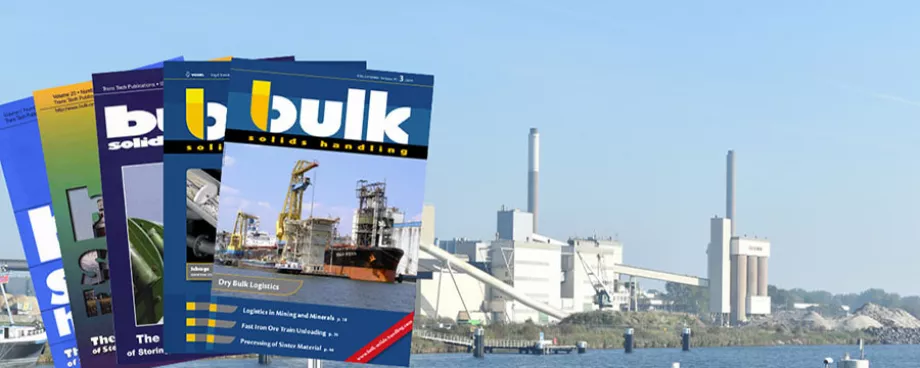As the size of vessels increases, so does the time which they spend in ports. It has been proven that unloading bulk carriers at high rates, and sending them back to sea quickly, can be achieved only with conveyors. The modern self-unloading vessel was developed to accomplish these objectives.
History tells us that the first self-unloader was built in the USA in 1908 with pan conveyor type hold conveyor and a deck boom to operate on the Great Lakes. Yet Canada claims that two grain vessels were equipped with belt conveyors several years before, around 1903 or 1004.
The rapid industrial revolution during the first half of the century affecting the Great Lakes area demanded the moving of large quantities of raw materials for which self-unloaders were best suited. These vessels provided versatility without the requirements of investing in costly dock structures or shore installations. Self-unloading vessels are a North American invention and the operating and engineering knowhow remained American for over eighty years.
It is interesting to note that it is perhaps the only industrial know-how never adapted, exploited or copied by other industrial nations.
The handling efficiency of self-unloaders can never be matched by any shore mounted installations. The modern average Great Lakes self-unloader can unload itself at rates between 6 CXX) and 10,(X)() t/h. It is anticipated that during the remaining years of the 20th century, no single shore installation will be able to match these figures.
The classical configuration of the Great Lakes self-unloaders is rapidly changing, especially when considering ocean trades. Special designs which were introduced during the past 10 to 15 years offer intriguing possibilities even for extremely long hauls. The long standing concept or belief that self-unloaders can be justified only for short runs is now dispelled by considering specially designed vessels with specialized gear which make economic sense even for lengthened trade routes. If ecology, pollution control requirements for dust-free discharge or any other environmental considerations are potential problems, a modern self-unloader may r& present just the right answer.
■







